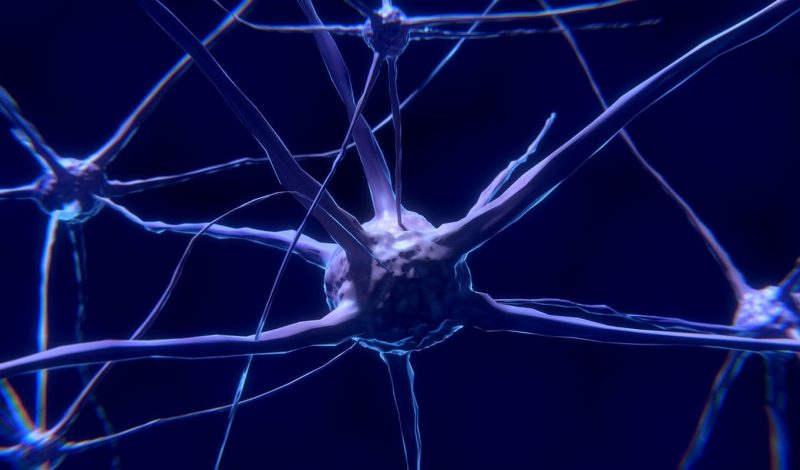Embryology and the Adult Nervous System: A Journey from Conception to Connection
Introduction
Embryology—the science of how we come into being—holds the secrets to our intricate nervous system. From the earliest stages of development, our neural pathways begin to take shape, weaving a complex web that connects our brain, spinal cord, and peripheral nerves. In this blog post, we’ll explore the surprising twists and turns of embryonic neurology and uncover why certain parts of our body are so intricately linked.
The Beginning: Neural Plate and Neurulation
Our story begins within the tiny confines of the developing embryo. Three primary layers of tissue emerge, but it’s the ectoderm—the outermost layer—that sets the stage for our nervous system. Here’s how it unfolds:
Neural Plate Formation: Imagine a flat sheet of cells—the neural plate. Under the influence of neighbouring structures, it transforms into the blueprint for our future nervous system.
Neurulation: The neural plate’s edges elevate, forming neural folds. These folds curve and fuse, creating the neural tube—the precursor to our brain and spinal cord. Meanwhile, neural crest cells embark on their migratory adventure, destined to populate the peripheral nervous system.
The Central Nervous System (CNS)
Brain and Spinal Cord: Partners in Perception
Spinal Cord Development: The elongated neural tube differentiates into segments, becoming our spinal cord. Each segment controls specific functions—motor, sensory, and autonomic. Spinal nerves exit through intervertebral foramina, connecting our body to this vital communication highway.
Spinal Ganglia and Meninges: Around the spinal cord, sensory neurons cluster into the spinal ganglia. Protective membranes—the meninges—shield and nourish the delicate nervous tissue.
Myelination: Oligodendrocytes wrap nerve fibres with myelin, enhancing signal transmission. Myelination continues throughout adulthood, shaping our neural efficiency.
The Brain: A Marvelous Symphony
Hindbrain: The medulla oblongata, pons, and cerebellum regulate essential functions. The cerebellum, often underestimated, fine-tunes our motor skills.
Midbrain: Superior and inferior colliculi orchestrate visual and auditory processing.
Forebrain: The cerebral cortex, thalamus, and hypothalamus reign supreme. The cerebral cortex houses consciousness, memory, and decision-making, while the hypothalamus oversees homeostasis and emotions.
Surprising Connections
Now, let’s explore the unexpected:
Mirror Neurons: These cells fire when we perform or observe actions, connecting our experiences with empathy.
Synesthesia: Some taste shapes or see colours when hearing music—a delightful neural crossroads.
Phantom Limb Sensation: Even after amputation, rewired connections create vivid sensations.
Why Are Certain Parts Connected?
Our brain’s connectivity isn’t random; it’s shaped by function, evolution, and efficiency:
Homunculus: The motor and sensory homunculi map our body on the brain’s surface, emphasizing sensitive or complex areas.
Association Areas: These regions integrate information, allowing us to perceive, learn, and adapt.
Final Thoughts
Embryology whispers secrets to our nervous system, reminding us that our intricate connections began long before our first breath. As we marvel at the brain’s symphony, let’s appreciate the wonder of our neural pathways—the bridges that unite us from embryo to adulthood.
So next time you feel a phantom limb or taste music, remember: It all started with a tiny neural plate, destined for greatness.
Stay curious, stay connected!
Disclaimer: This blog post is for informational purposes only. Consult a healthcare professional for advice.



